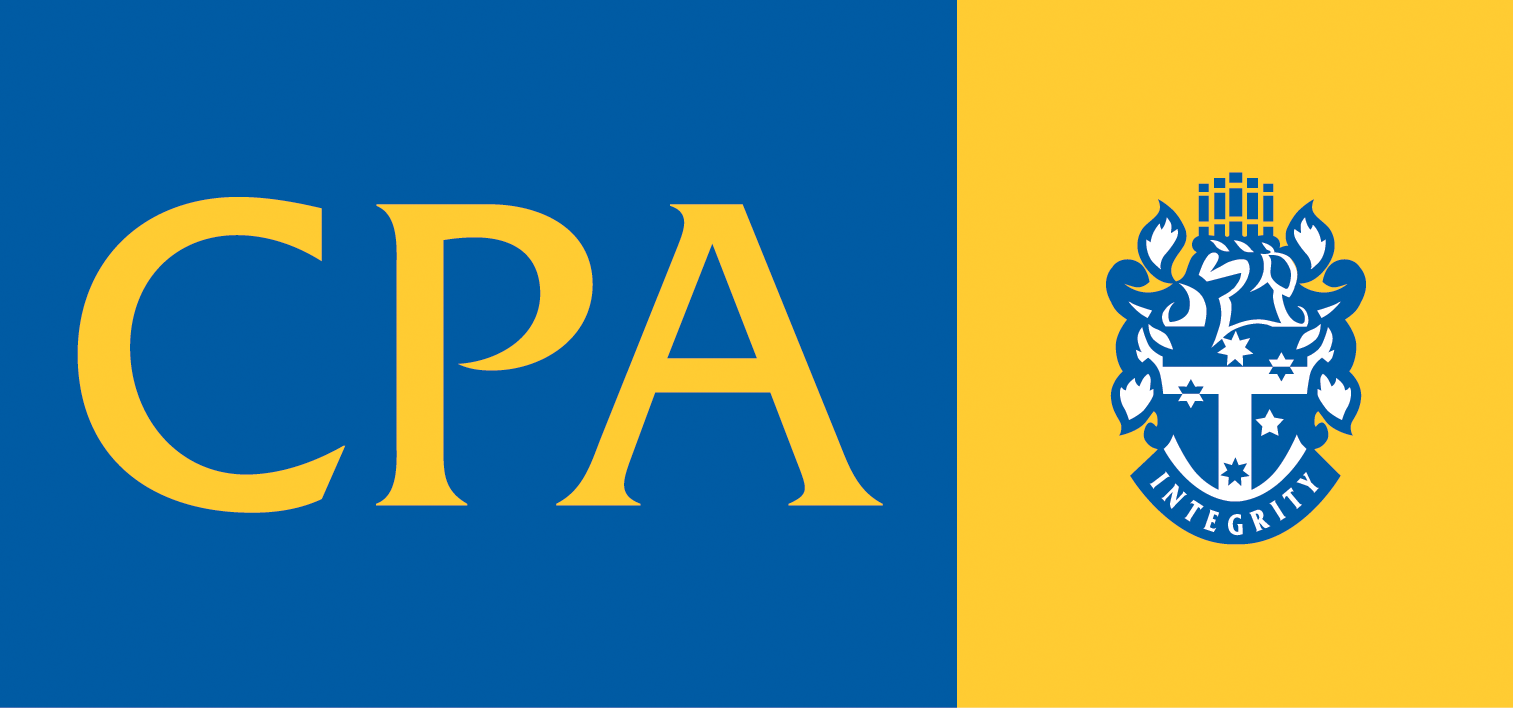Anthony Albanese has been sworn in as Australia’s 31st Prime Minister and a Government formed. We look at what we know so far about the policies of the new Government in an environment with plenty of problems and no easy fixes.
The economy
The Government has stated that its economic priority is, “creating jobs, boosting participation, improving and increasing productivity, generating new business investment, and increasing wages and household incomes.”
A second Federal Budget will be released in October this year to set the fiscal policy direction of the Government. The Albanese Government has stated that its focus is on growing the economy as opposed to increasing taxes, but it is a delicate balance to keep growth ahead of inflation. Treasurer Jim Chalmers has said that the Government will look to “redirect spending from unproductive purposes to more productive purposes.”
In a recent speech, Treasury Secretary Dr Steven Kennedy, summed it up when he said that the most significant economic development of late has been the, “…higher-than-expected surge in inflation. Headline inflation reached 5.1% in the March quarter of 2022, the highest rate of inflation in more than 2 decades… Price increases are reflecting a range of shocks, some temporary and some more persistent.” These shocks include:
- Increased global demand for goods straining supply chains, increasing shipping costs, and clogging ports;
- The Russian invasion of Ukraine which sharply increased the price of oil, energy and food. Russia accounts for 18% of global gas and 12% of global oil supply. Together Russia and Ukraine account for around one quarter of global trade in wheat; and
- COVID-19 lockdowns in China impacting supply chains. China maintains a zero-COVID policy.
In Australia, energy prices have contributed strongly to inflation (the temporary reduction in fuel excise ends on 28 September 2022).
Personal income tax
The 2019-20 Budget announced a series of personal income tax reforms. Stage 3 of those reforms is legislated to commence on 1 July 2024. Stage 3 radically simplifies the tax brackets by collapsing the 32.5% and 37% rates into a single 30% rate for those earning between $45,001 and $200,000. Mr Albanese told Sky News, “People are entitled to have that certainty of the tax cuts that have been legislated… We won’t be changing them. What we want going forward is that certainty.”
Where will the money come from?
It is unclear at this stage how the Government intends to tackle the $1.2 trillion deficit. The general commentary from Finance Minister Katy Gallagher is that Treasury and Finance have been tasked with working through the Budget line by line to, “…see where there are areas where we can make sensible savings and return that money back to the Budget.”
Multinationals
Multinationals paying their fair share of tax was a go-to target during the election campaign. The plan for multinationals implements elements of the OECD’s two-pillar framework to reform international taxation rules and ensure Multinational Enterprises (MNEs) are subject to a minimum 15% tax rate from 2023. Australia and 129 other countries and jurisdictions, representing more than 90% of global GDP, are signatories to the framework.
The Government’s multinational policy supports the OECD framework by:
- Limiting debt-related deductions by multinationals at 30% of profits, consistent with the OECD's recommended approach, while maintaining the arm's length test and the worldwide gearing ratio.
- Limiting the ability for multinationals to abuse Australia's tax treaties when holding intellectual property in tax havens from 1 July 2023. A tax deduction would be denied for payments for the use of intellectual property when they are paid to a jurisdiction where they don’t pay sufficient tax.
- Introducing transparency measures including reporting requirements on tax information, beneficial ownership, tax haven exposure and in relation to government tenders.
The reforms will follow consultation and are not anticipated to take effect until 2023.
No change to SG rate and rate increase
No change to the legislated superannuation guarantee rate increase. The SG rate will increase to 10.5% on 1 July 2022 and steadily increase by 0.5% each year until it reaches 12% on 1 July 2025.








